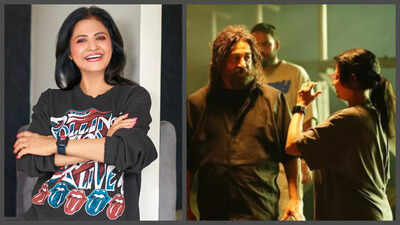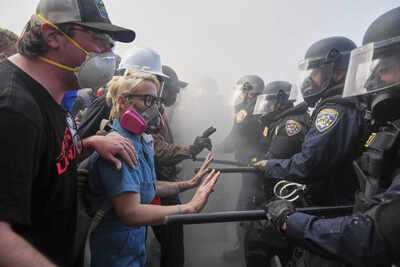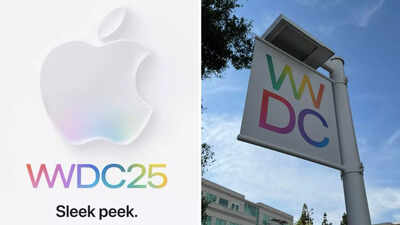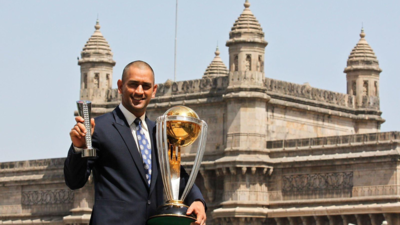
The role of a film director is both exhilarating and demanding. Behind every great movie lies the director’s vision, creativity, and leadership, guiding the production team through a multitude of challenges. This post delves into the journey of a director, highlighting the essential stages, skills, and experiences that shape their craft.
1. The Visionary Beginnings
Every director’s journey starts with a vision—a passion for storytelling that often emerges in childhood or early adolescence. Directors may begin their careers as actors, screenwriters, or in various technical roles. This foundational experience enriches their understanding of the filmmaking process.
- Example: Renowned director Christopher Nolan initially studied literature before transitioning into filmmaking, showcasing how diverse backgrounds can influence directorial styles.
2. Script Selection and Development
Choosing the right script is crucial for a director. This stage involves not only finding a compelling story but also working closely with writers to develop the script. A director’s vision is essential in shaping the narrative, characters, and overall tone of the film.
- Insight: Many successful directors engage in extensive script analysis, collaborating with writers to refine dialogues and plot points to align with their artistic vision.
3. Pre-Production Planning
Once the script is finalized, directors enter the pre-production phase. This involves casting actors, scouting locations, assembling a crew, and planning logistics. A director must effectively communicate their vision to all departments, ensuring everyone is on the same page.
- Tip: Effective pre-production is crucial; as director David Fincher emphasizes, “The time you spend in pre-production is the time you save in production.”
4. The Shooting Process
The shooting phase is where a director’s vision comes to life. Directors must balance creative decisions with practical constraints, including time, budget, and technical limitations. They guide actors through performances while collaborating with cinematographers to capture the desired aesthetic.
- Quote: Director Greta Gerwig once remarked, “Directing is about storytelling, and it’s about listening.”
5. Post-Production and Editing
After filming wraps, directors work closely with editors to shape the final product. This stage is crucial for pacing, structure, and the overall emotional impact of the film. Directors often spend countless hours reviewing footage and making critical decisions that affect the storytelling.
- Example: Legendary director Martin Scorsese is known for his meticulous editing process, often collaborating with his long-time editor Thelma Schoonmaker to ensure the film meets his vision.
6. The Release and Audience Reception
Once a film is complete, it enters the distribution phase. Directors play a key role in marketing their films, participating in interviews, and attending premieres. Audience reception can be a double-edged sword; while some films receive acclaim, others may face criticism.
- Insight: Directors often reflect on audience feedback, using it to inform their future projects and evolve their storytelling techniques.
Conclusion
The journey of a director is filled with creative challenges and triumphs, each project presenting unique obstacles and learning opportunities. From script selection to the final cut, directors shape the narrative landscape of cinema. Their ability to blend artistry with leadership defines not only the films they create but also the experiences of those who view them.









Be the first to leave a comment